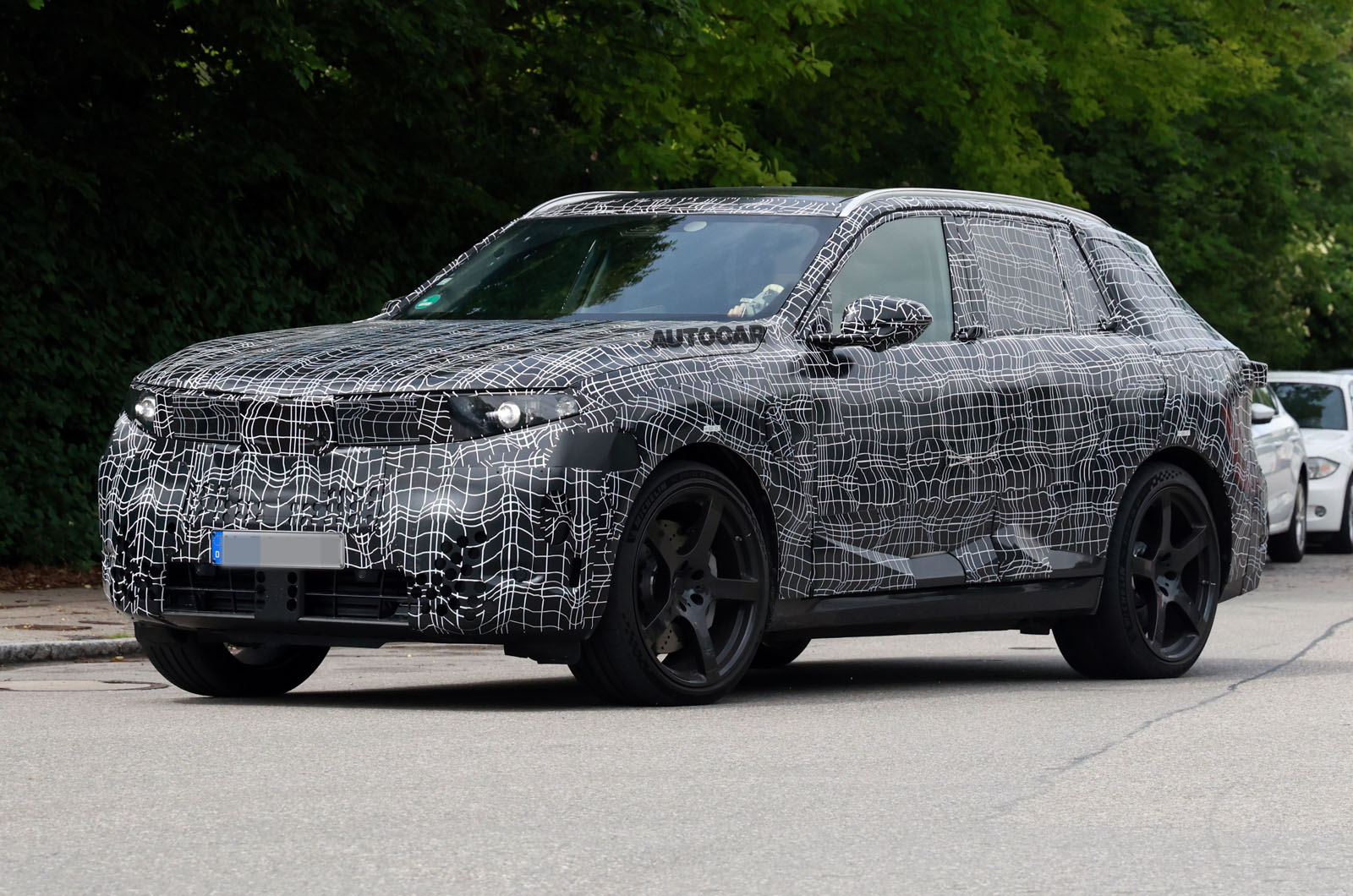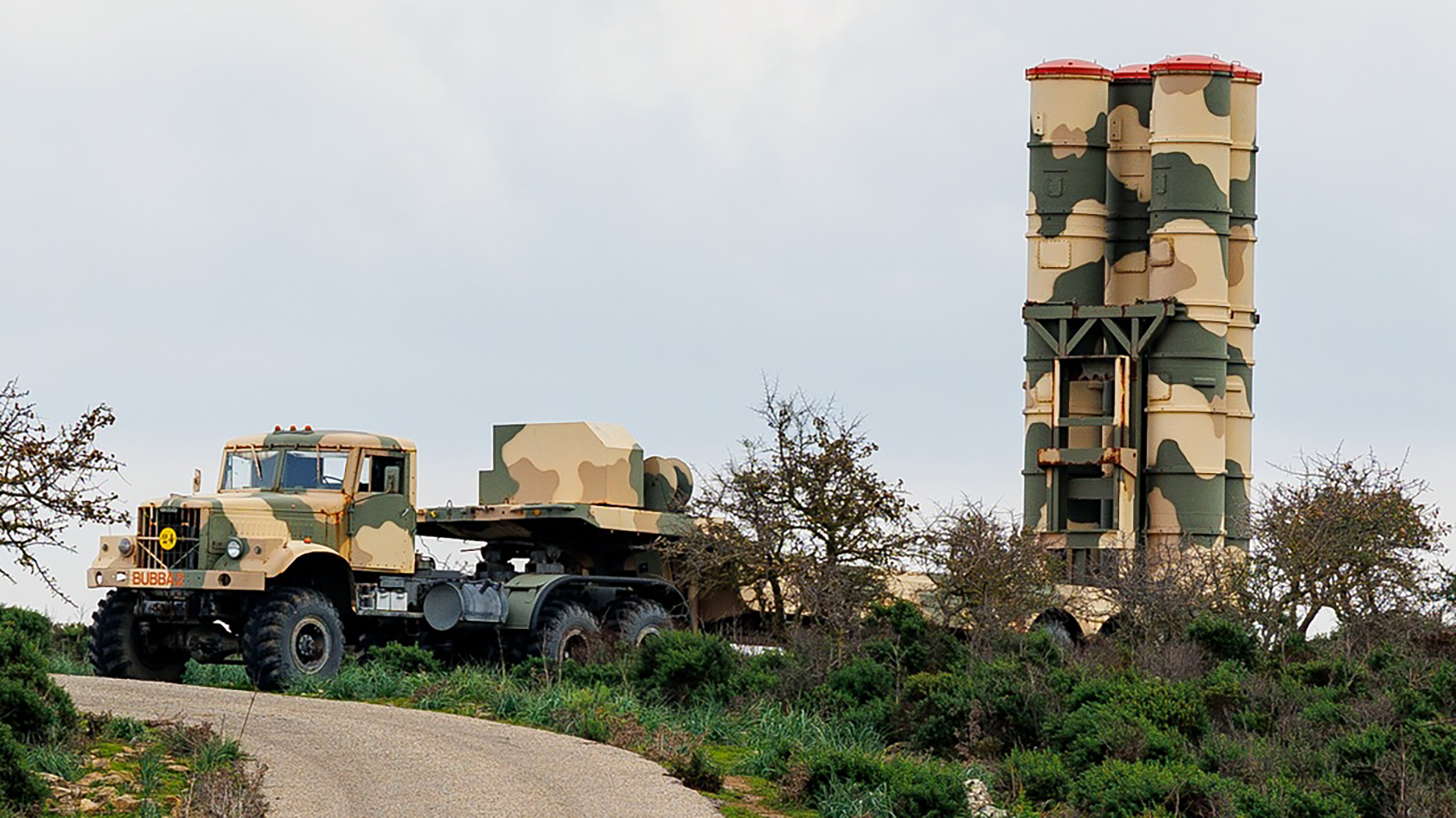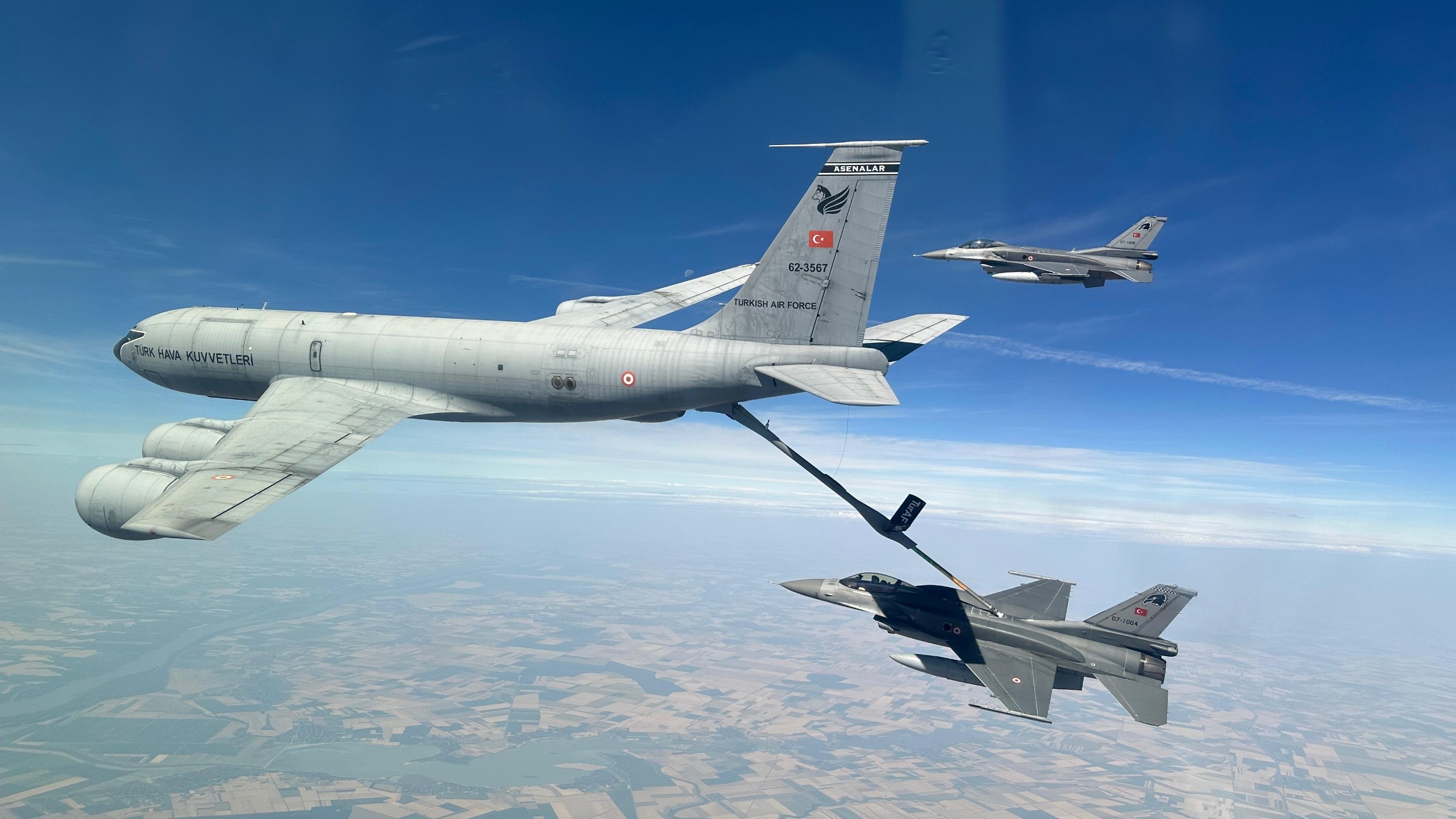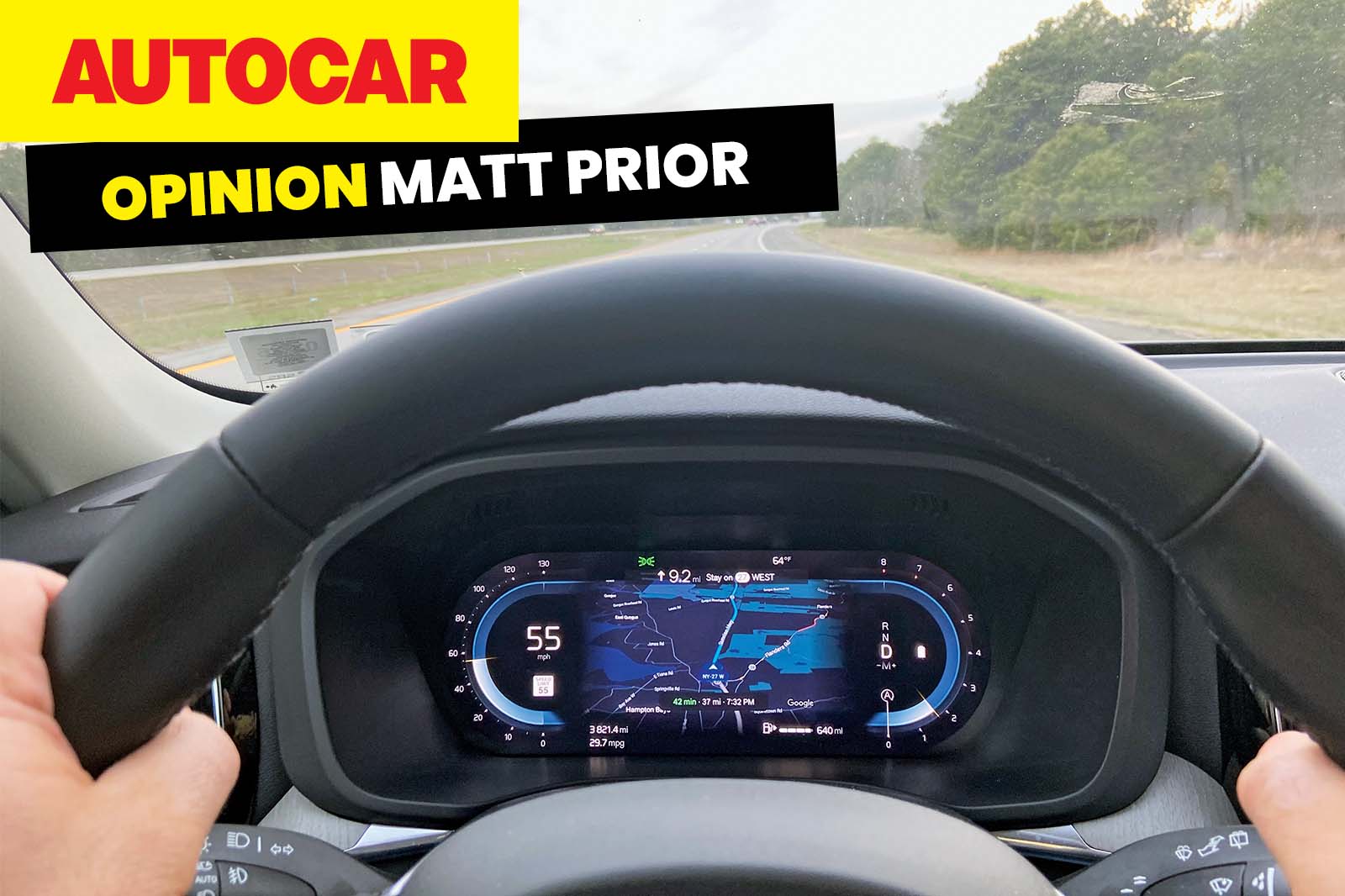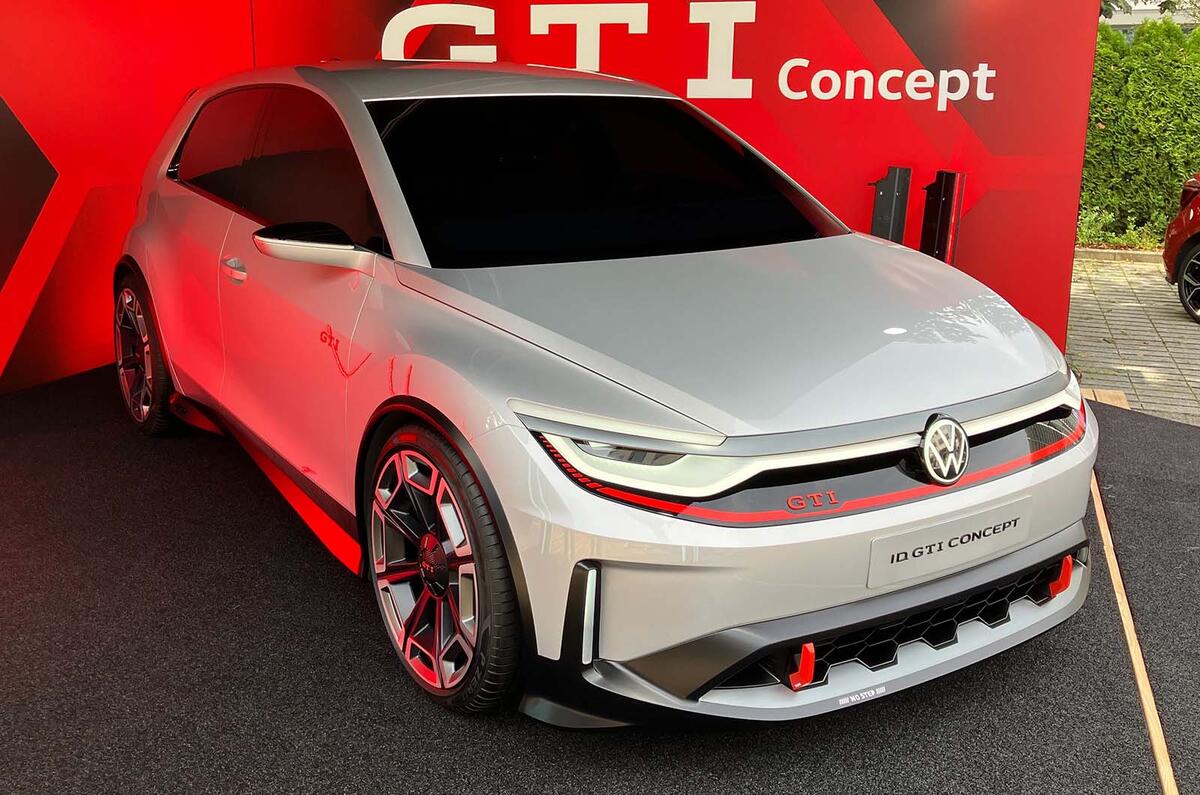Used Land Rover Discovery Sport 2015-2023 review
The Freelander's replacement goes big on prettiness and packaging, and as a result becomes the class leader You could spend £25,000 on a brand-new Dacia Bigster to fill the role as your main family wagon – or you could save almost £20,000 and buy a desirable, spacious and comfortable same-sized Land Rover instead.Launched in late 2014 as the successor to the Freelander, the Discovery Sport was pitched as a leisure-focused seven-seater to spearhead a whole new family of Discovery models.Despite its relatively short (for a Land Rover) length of 4.6 metres, it’s surprisingly roomy inside and offers excellent flexibility.Access to the third row is a bit of a challenge, though, and while the individual seats are comfortable, they’re best suited to children: you can slide the middle seats forward to boost leg room back there, but it’s a marginal gain and your middle-row passengers won’t thank you.With the rear perches folded, though, there’s a cavernous 897-litre boot, which can swallow pushchairs, shopping and much more besides, leaving ample room for adults in the middle row.Front passengers are well catered for, too: the seating position is archetypal Land Rover, so commanding and comfortable, material quality is good and the cliff-face dash, which features plenty of physical controls, gives it a premium feel.The infotainment screen is a bit small on early cars, so if tech is a sticking point then a post-2019 facelift car will appeal more. It has a bigger, 10in screen, and while the menu icons are a bit small, you can pair your smartphone with it to use apps such as Waze and Spotify.You will pay closer to £14,000 for a facelifted model, but it’s worth the extra for the additional refinement and improved driving characteristics enabled by its move to a new platform – and it opens up a broader choice of engines.Early Discovery Sports were only offered with the dated yet reliable 188bhp 2.2-litre diesel, while cars made between 2015 and 2019 came with a choice of three oil-burners: the 148bhp eD4, 178bhp TD4 and 237bhp SD4.The TD4 balances economy and performance, but you will want the SD4 if you’re regularly towing a caravan. Be careful with the 2.0-litre Ingenium diesels, though – they aren’t known for their reliability (see right).You could opt for a petrol instead. The turbocharged four-cylinder Si4 was offered with either 237bhp or 287bhp; they are potent but will sting you with regular stops at the pumps.The big mid-life update brought mild-hybrid assistance and a number of styling revisions. Outputs for the petrol engines range from 197bhp to 246bhp, and from 148bhp to 237bhp for the diesels – although the entry-level 148bhp diesel goes without the hybrid tech.Those looking to swerve a hefty BIK tax bill might be tempted by the P300e plug-in hybrid, which has an electric range of 43 miles and a meaty 305bhp to play with, which still sounds competitive even today.The junior Discovery handles pretty well, the post-facelift version more so thanks to its lighter and stiffer PTA platform. It’s relaxed and composed and flows nicely down a country road.Of course, its tall body likes to lean away from corners, and that prevents the car from challenging its more sporting rivals, but it rides comfortably, albeit with a bit less refinement around town where potholes can disturb things.Pleasingly, the Discovery Sport retains its off-roading roots, too, with the brilliant Terrain Response system allowing the car to stray comfortably from the beaten track.It is something the Sport’s closest rivals simply cannot do, and strengthens its claim to the position of best all-rounder in this segment.
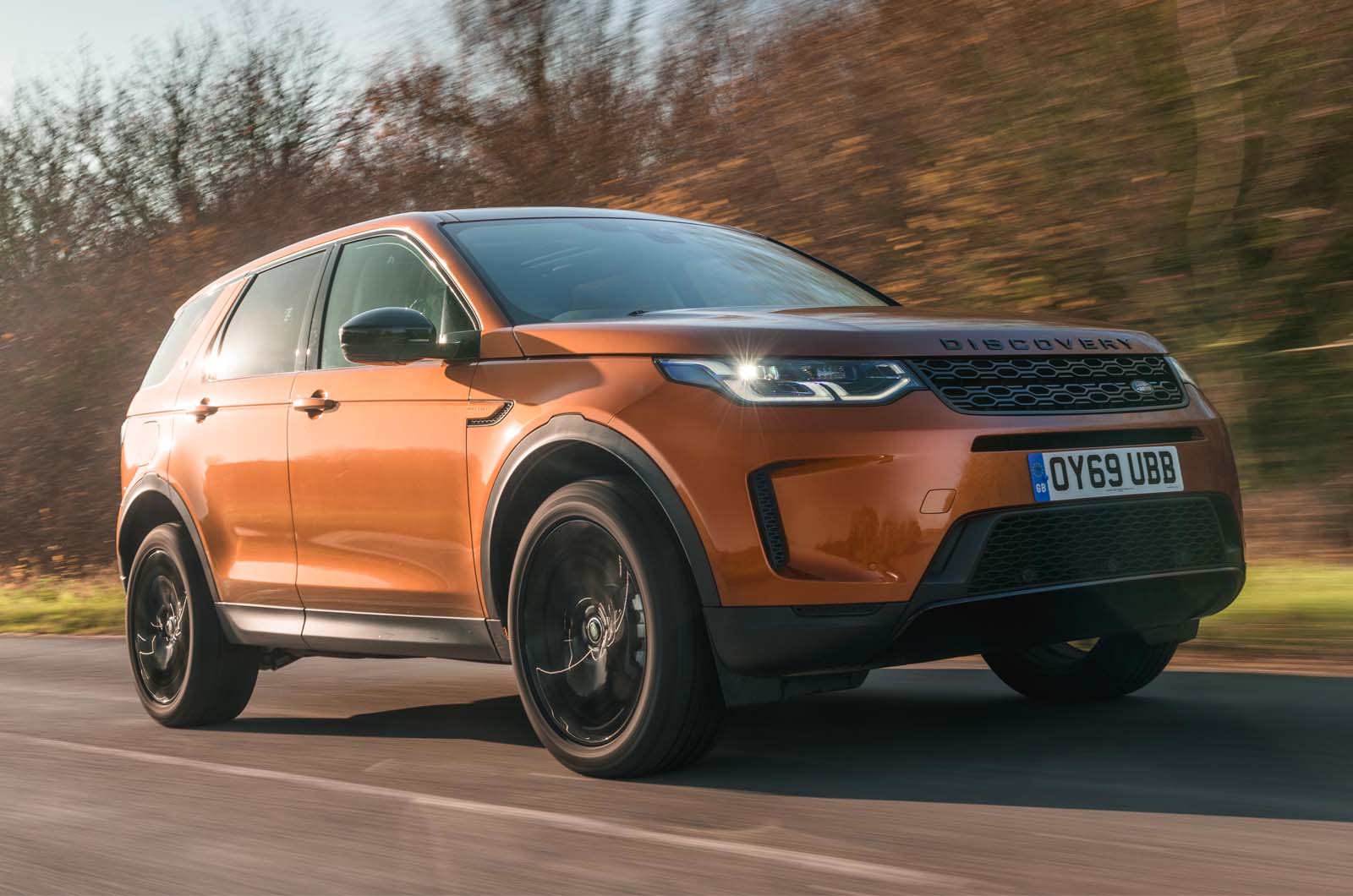
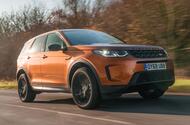 The Freelander's replacement goes big on prettiness and packaging, and as a result becomes the class leader
You could spend £25,000 on a brand-new Dacia Bigster to fill the role as your main family wagon – or you could save almost £20,000 and buy a desirable, spacious and comfortable same-sized Land Rover instead.Launched in late 2014 as the successor to the Freelander, the Discovery Sport was pitched as a leisure-focused seven-seater to spearhead a whole new family of Discovery models.Despite its relatively short (for a Land Rover) length of 4.6 metres, it’s surprisingly roomy inside and offers excellent flexibility.Access to the third row is a bit of a challenge, though, and while the individual seats are comfortable, they’re best suited to children: you can slide the middle seats forward to boost leg room back there, but it’s a marginal gain and your middle-row passengers won’t thank you.With the rear perches folded, though, there’s a cavernous 897-litre boot, which can swallow pushchairs, shopping and much more besides, leaving ample room for adults in the middle row.Front passengers are well catered for, too: the seating position is archetypal Land Rover, so commanding and comfortable, material quality is good and the cliff-face dash, which features plenty of physical controls, gives it a premium feel.The infotainment screen is a bit small on early cars, so if tech is a sticking point then a post-2019 facelift car will appeal more. It has a bigger, 10in screen, and while the menu icons are a bit small, you can pair your smartphone with it to use apps such as Waze and Spotify.You will pay closer to £14,000 for a facelifted model, but it’s worth the extra for the additional refinement and improved driving characteristics enabled by its move to a new platform – and it opens up a broader choice of engines.Early Discovery Sports were only offered with the dated yet reliable 188bhp 2.2-litre diesel, while cars made between 2015 and 2019 came with a choice of three oil-burners: the 148bhp eD4, 178bhp TD4 and 237bhp SD4.The TD4 balances economy and performance, but you will want the SD4 if you’re regularly towing a caravan. Be careful with the 2.0-litre Ingenium diesels, though – they aren’t known for their reliability (see right).You could opt for a petrol instead. The turbocharged four-cylinder Si4 was offered with either 237bhp or 287bhp; they are potent but will sting you with regular stops at the pumps.The big mid-life update brought mild-hybrid assistance and a number of styling revisions. Outputs for the petrol engines range from 197bhp to 246bhp, and from 148bhp to 237bhp for the diesels – although the entry-level 148bhp diesel goes without the hybrid tech.Those looking to swerve a hefty BIK tax bill might be tempted by the P300e plug-in hybrid, which has an electric range of 43 miles and a meaty 305bhp to play with, which still sounds competitive even today.The junior Discovery handles pretty well, the post-facelift version more so thanks to its lighter and stiffer PTA platform. It’s relaxed and composed and flows nicely down a country road.Of course, its tall body likes to lean away from corners, and that prevents the car from challenging its more sporting rivals, but it rides comfortably, albeit with a bit less refinement around town where potholes can disturb things.Pleasingly, the Discovery Sport retains its off-roading roots, too, with the brilliant Terrain Response system allowing the car to stray comfortably from the beaten track.It is something the Sport’s closest rivals simply cannot do, and strengthens its claim to the position of best all-rounder in this segment.
The Freelander's replacement goes big on prettiness and packaging, and as a result becomes the class leader
You could spend £25,000 on a brand-new Dacia Bigster to fill the role as your main family wagon – or you could save almost £20,000 and buy a desirable, spacious and comfortable same-sized Land Rover instead.Launched in late 2014 as the successor to the Freelander, the Discovery Sport was pitched as a leisure-focused seven-seater to spearhead a whole new family of Discovery models.Despite its relatively short (for a Land Rover) length of 4.6 metres, it’s surprisingly roomy inside and offers excellent flexibility.Access to the third row is a bit of a challenge, though, and while the individual seats are comfortable, they’re best suited to children: you can slide the middle seats forward to boost leg room back there, but it’s a marginal gain and your middle-row passengers won’t thank you.With the rear perches folded, though, there’s a cavernous 897-litre boot, which can swallow pushchairs, shopping and much more besides, leaving ample room for adults in the middle row.Front passengers are well catered for, too: the seating position is archetypal Land Rover, so commanding and comfortable, material quality is good and the cliff-face dash, which features plenty of physical controls, gives it a premium feel.The infotainment screen is a bit small on early cars, so if tech is a sticking point then a post-2019 facelift car will appeal more. It has a bigger, 10in screen, and while the menu icons are a bit small, you can pair your smartphone with it to use apps such as Waze and Spotify.You will pay closer to £14,000 for a facelifted model, but it’s worth the extra for the additional refinement and improved driving characteristics enabled by its move to a new platform – and it opens up a broader choice of engines.Early Discovery Sports were only offered with the dated yet reliable 188bhp 2.2-litre diesel, while cars made between 2015 and 2019 came with a choice of three oil-burners: the 148bhp eD4, 178bhp TD4 and 237bhp SD4.The TD4 balances economy and performance, but you will want the SD4 if you’re regularly towing a caravan. Be careful with the 2.0-litre Ingenium diesels, though – they aren’t known for their reliability (see right).You could opt for a petrol instead. The turbocharged four-cylinder Si4 was offered with either 237bhp or 287bhp; they are potent but will sting you with regular stops at the pumps.The big mid-life update brought mild-hybrid assistance and a number of styling revisions. Outputs for the petrol engines range from 197bhp to 246bhp, and from 148bhp to 237bhp for the diesels – although the entry-level 148bhp diesel goes without the hybrid tech.Those looking to swerve a hefty BIK tax bill might be tempted by the P300e plug-in hybrid, which has an electric range of 43 miles and a meaty 305bhp to play with, which still sounds competitive even today.The junior Discovery handles pretty well, the post-facelift version more so thanks to its lighter and stiffer PTA platform. It’s relaxed and composed and flows nicely down a country road.Of course, its tall body likes to lean away from corners, and that prevents the car from challenging its more sporting rivals, but it rides comfortably, albeit with a bit less refinement around town where potholes can disturb things.Pleasingly, the Discovery Sport retains its off-roading roots, too, with the brilliant Terrain Response system allowing the car to stray comfortably from the beaten track.It is something the Sport’s closest rivals simply cannot do, and strengthens its claim to the position of best all-rounder in this segment. 












